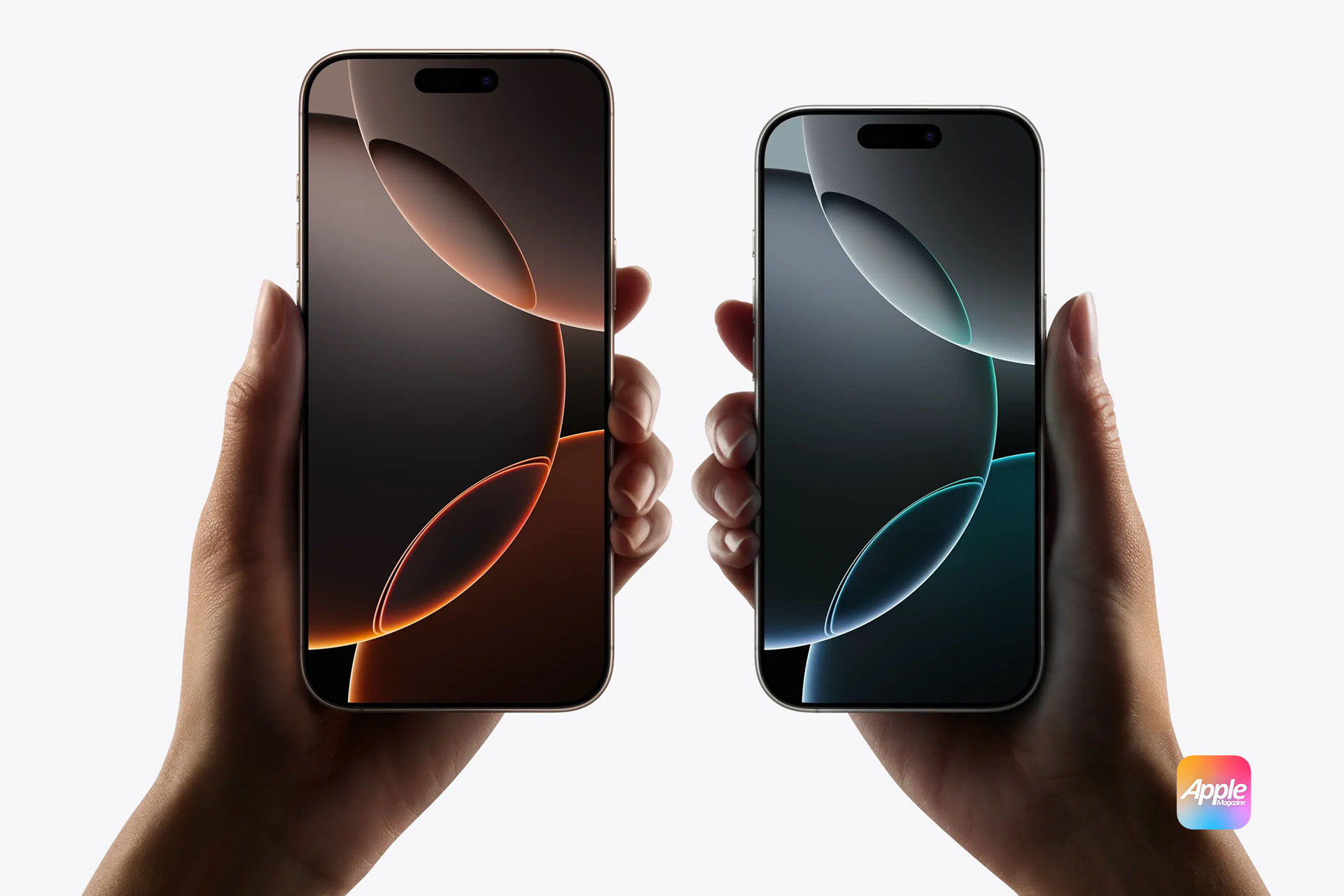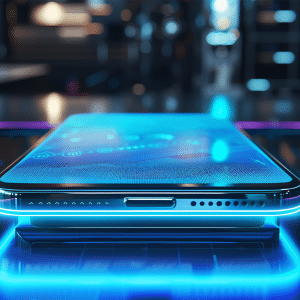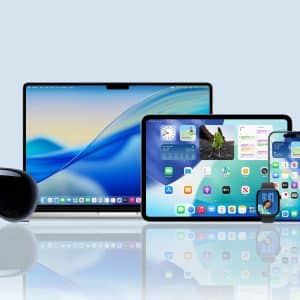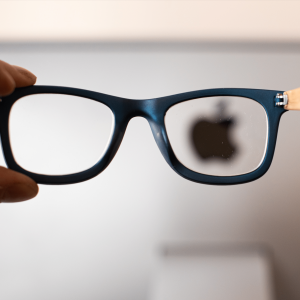Apple’s Move to an In-House 5G Modem
Apple has long relied on Qualcomm for its modem components, but with the introduction of its in-house 5G modem, starting with the iPhone SE and iPhone 17, the company is set to change the landscape of mobile technology. This transition is crucial not only for Apple’s technological advancements but also for reducing manufacturing dependencies. With Apple developing both the modem and the A-series chips, the iPhone 17 and iPhone SE are expected to deliver optimized performance and better power management, contributing to longer battery life and faster network connectivity.
This move also provides Apple with a unique competitive advantage, allowing for a more seamless integration between hardware and software. The internal synergy could lead to enhanced 5G speed, higher bandwidth efficiency, and more stability across the company’s product lineup. Users could experience smoother streaming, faster downloads, and more responsive connections, making future iPhones, starting with the iPhone SE and iPhone 17, stand out from the competition.
The Impact on Apple’s Supply Chain and Competition
The introduction of Apple’s 5G modem also marks a pivotal moment for the company’s supply chain strategy. Historically, Apple has sought greater control over its components, producing its own chips, software, and now modem technology. By eliminating its reliance on Qualcomm for 5G modems, Apple reduces potential supply chain vulnerabilities and delays, further improving its ability to meet demand and maintain production efficiency.
Moreover, developing its own modem tech gives Apple the upper hand against competitors like Samsung, Google, and other smartphone manufacturers still dependent on external suppliers. While Samsung has its own Exynos modems, Apple’s approach to integrating both the modem and the chip allows for superior optimization, ensuring that the iPhone SE and iPhone 17 offer unparalleled performance in the market.

Enhancing 5G Capabilities: What to Expect in 2025
As Apple moves closer to releasing its first in-house 5G modem in 2025, the technology promises to elevate the iPhone SE and iPhone 17 to new levels of performance. This modem will likely improve not only speed but also power efficiency, as it is designed specifically to work in tandem with Apple’s custom A-series chips. Enhanced 5G capabilities, such as faster download/upload speeds, better network stability, and lower latency, will become standard in future iPhone models.
The new 5G modem will also bring software benefits. Apple could leverage its control over the modem’s design to push regular firmware updates and optimizations, further improving connectivity and security over time. With the iPhone SE and iPhone 17, Apple is expected to make substantial advancements in network performance, potentially reshaping consumer expectations for what 5G-enabled devices can achieve.
The Broader Implications for Apple’s 5G Rollout
Beyond the performance improvements, the development of Apple’s 5G modem signals the company’s desire to be a leader in the mobile network space. Starting with the iPhone SE and iPhone 17, Apple is not just adopting 5G technology but revolutionizing how it integrates 5G capabilities with the overall iPhone experience. This holistic approach promises to elevate Apple’s mobile offerings, further distinguishing them from Android competitors.
Additionally, Apple’s push for an in-house 5G modem aligns with the global shift towards more advanced 5G networks. As carriers worldwide continue expanding 5G coverage, Apple’s custom modem will ensure that its devices are not only compatible but also excel in these environments. This positions the iPhone SE and iPhone 17 as future-proof devices capable of handling the evolving 5G landscape.
A New Era for iPhones in 2025
With the release of Apple’s in-house 5G modem in 2025, starting with the iPhone SE and iPhone 17, the company is poised to redefine mobile network performance. By controlling both the modem and chipset, Apple can deliver unmatched integration, enhancing everything from battery life to network speed. The iPhone SE and iPhone 17 are expected to set a new standard in mobile connectivity, making them the go-to devices for consumers looking for cutting-edge technology.

Apple’s shift towards vertical integration is not just a technological upgrade but a strategic move that could have far-reaching implications for the smartphone market, supply chain dynamics, and future innovations.













